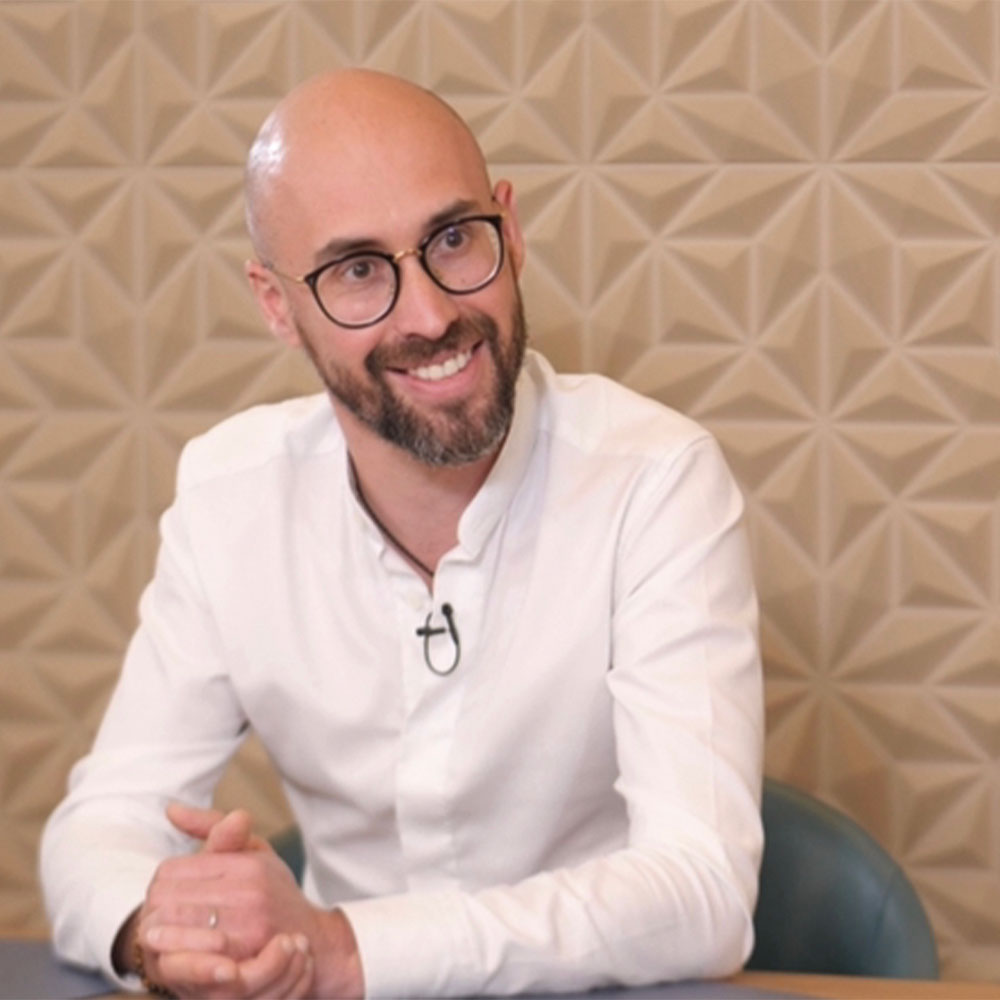The bodylift or circular abdominoplasty
Bodylift, circular abdominoplasty, total circular dermolipectomy, these terms are all equivalent and mean the same thing.
What are the main principles of the bodylift?
The main principle of this procedure is to remove the excess skin and fat on the abdomen, sides, outer thighs, lower back and pubic area and to lift the buttocks.
- The abdomen is tightened by a tummy tuck with transposition of the umbilicus using the superior high tension technique.
- The sides undergo liposuction in order to remove the bulging fat that is present.
- The outer side of the thighs is tightened, and the saddle bags can be aspirated at the same time.
- The excess skin at the bottom of the back is removed and the skin tightened.
- The curve of the buttock is recreated by inserting under the skin all the excess tissue removed from the lower back and reinjecting lipo-aspirated fat from another area (saddle bags, abdomen, love handles) which has been purified. Finally, the buttock is raised upwards.
It is a cosmetic surgery intervention which treats the entire abdomen, back, buttocks, thighs and pubic area in one procedure and gives excellent results but, beware, it is a heavier operation than most cosmetic surgery procedures.

Who is the bodylift for?
In most cases, it is for patients who have lost a lot of weight (the after-effects of weight loss), often following gastric surgery (bypass, sleeve, balloon, gastric band etc.).
Is health insurance cover possible?
After prior agreement with the health insurance system and the medical adviser, part of the intervention can be covered. A quote will be given to you for consultation indicating the exact price of the bodylift intervention adapted to your case. It usually costs at least 7000 euros (with the possible participation of a mutual complementary insurance).
What are the steps to take before a bodylift?
Two consultations are required with your cosmetic surgeon, Dr. Masson, as is prior health insurance agreement, a blood test, a consultation with the anesthetist at the clinic, the purchase of a compression garment, and stopping all anticoagulant drugs (aspirin, previscan, etc.) and tobacco use at least one month before the intervention.
What type of anesthesia is used?
General anesthesia is mandatory.
How long does the operation take?
On average, five hours.
Where are the scars located?
The scar is located above the pubis, goes around the sides behind and above the buttocks. It goes completely around and is hidden in the underwear.
How is the operation carried out?
We start with the abdomen, liposuction is performed on the pubis and under and over the navel. Then at the sides. The excess skin is removed, the navel exteriorized and, after having placed high tension points, the sutures are closed with absorbable thread. Then the patient is turned on to the abdomen to work on the back.
Liposuction is performed on the outer side of the thighs and back and excess skin above the buttocks is removed. Part of the tissue is buried in the buttock or reshaped and, if necessary, the aspirated fat is purified by centrifugation and reinjected into the buttocks. The skin is then sutured. The intervention lasts an average of 5 hours.
What are the postoperative effects?
The usual hospitalization period is for 2 to 4 days. A post-surgery girdle is to be worn for 6 weeks. The dressings are performed daily by a home nurse for a fortnight. A daily injection of anticoagulant is given for 10 days to limit the risk of phlebitis. The pain can be intense for the first 3 days but is well controlled by the intravenous analgesics prescribed during your hospitalization stay. Subsequently, simple oral analgesics are enough to calm the pains which persists for a fortnight. Time off work should be planned for 3 weeks to 1 month. Sport is prohibited for 2 months. You may shower as soon as the drains are removed between the 2nd and the 4th day and there are no sutures to remove (they are absorbable). The result is visible from the 3rd month and the scars fade after a year.
What are the potential complications ?
The bodylift is a long procedure, and not without risks. These are rare but you need to be informed about them. The most important are:
- Phlebitis and pulmonary embolism (prevented by early walking and anticoagulants, this is the rarest but most serious complication).
- Hematoma (requiring reoperation).
- Infection (rare).
- Dehiscence of scars requiring dressings longer than 15 days.
- Poor healing (risk factors: diabetes, tobacco).
- Sensitivity disorders (almost always recover in a few months).
- Skin necrosis (rare, but often requiring prolonged dressings).


